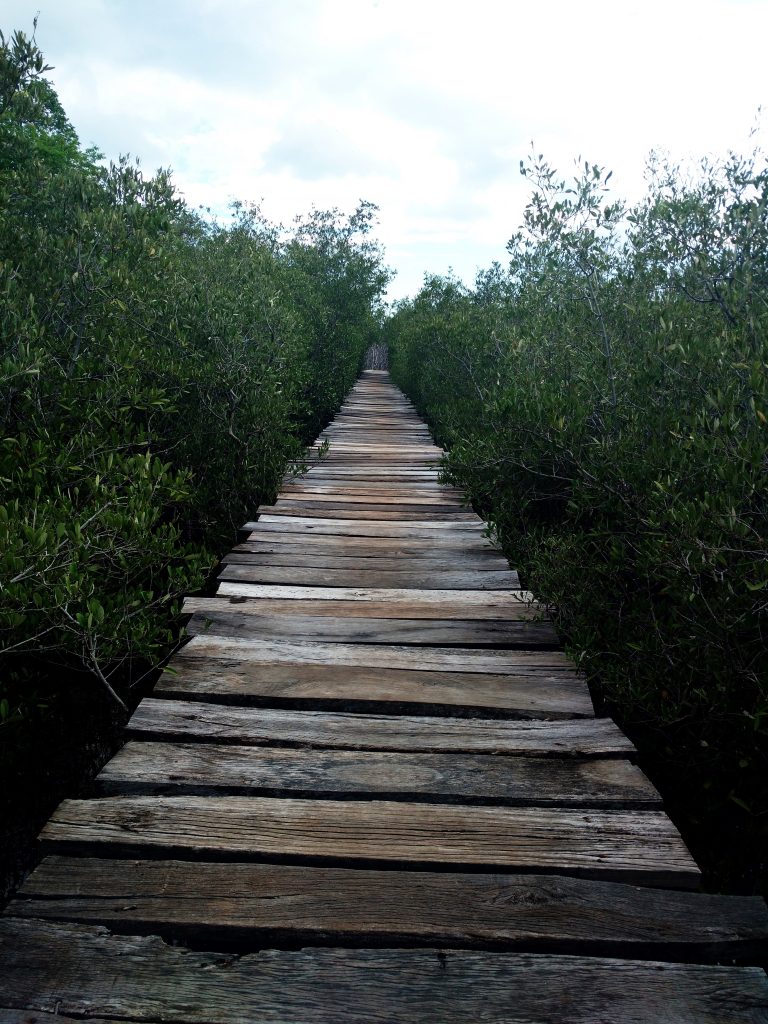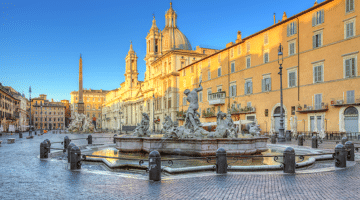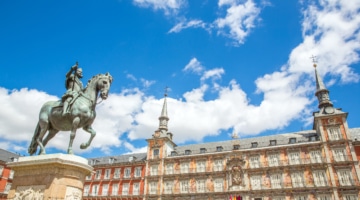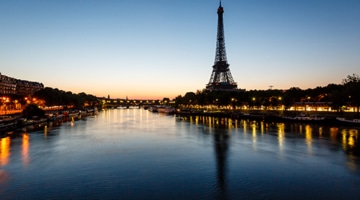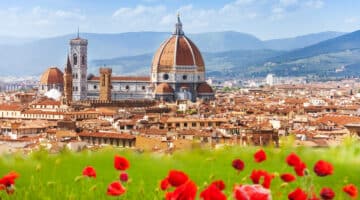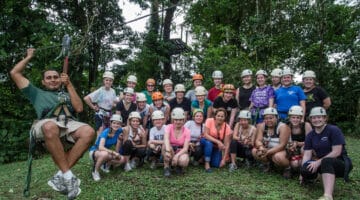5 Ways Costa Ricans Are Saving the Planet
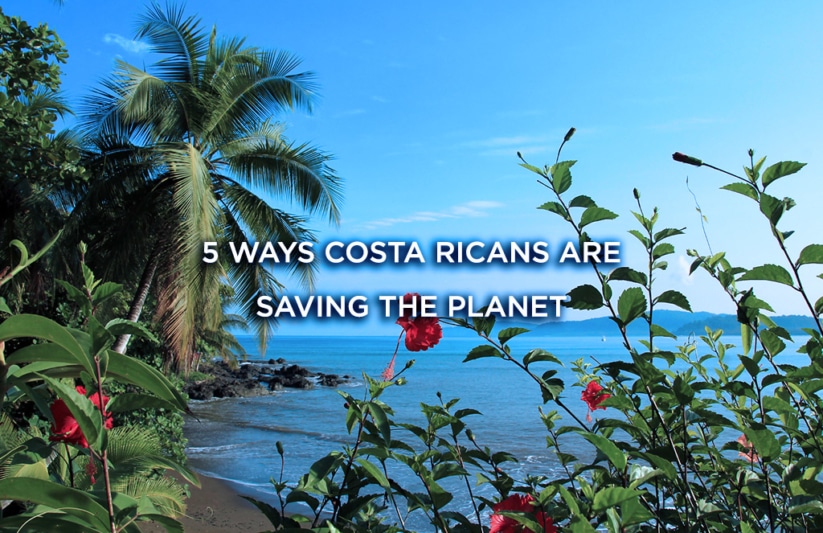
Costa Rica is proud to be one of the world leaders in sustainability. It’s more than a movement there; it’s a way of life. There are several protected wilderness areas and the country boasts a large percentage of all biodiversity across the globe. It’s no wonder they are on a mission to keep their home beautiful! These are five simple examples of how Ticos (Costa Ricans) are keeping their environment and people happy and healthy.
Browse ACIS Trips to Costa Rica

1. Improving Water Quality
In the 1970s, a Japanese horticulturist developed effective microorganism mudballs: a mixture of yeast, bacteria, and other microorganisms that naturally exist in the environment. Gross, right? They don’t smell phenomenal, but these mudballs can have a huge positive effect in contaminated or polluted waters. According to scientists, E.M mudballs break down sludge, control ammonia levels, reduce pathogens, and purify river water. Costa Ricans have recently started making and throwing the muddy mixtures into rivers and streams to proactively clean and purify their water sources. DIY drinking water, anyone?
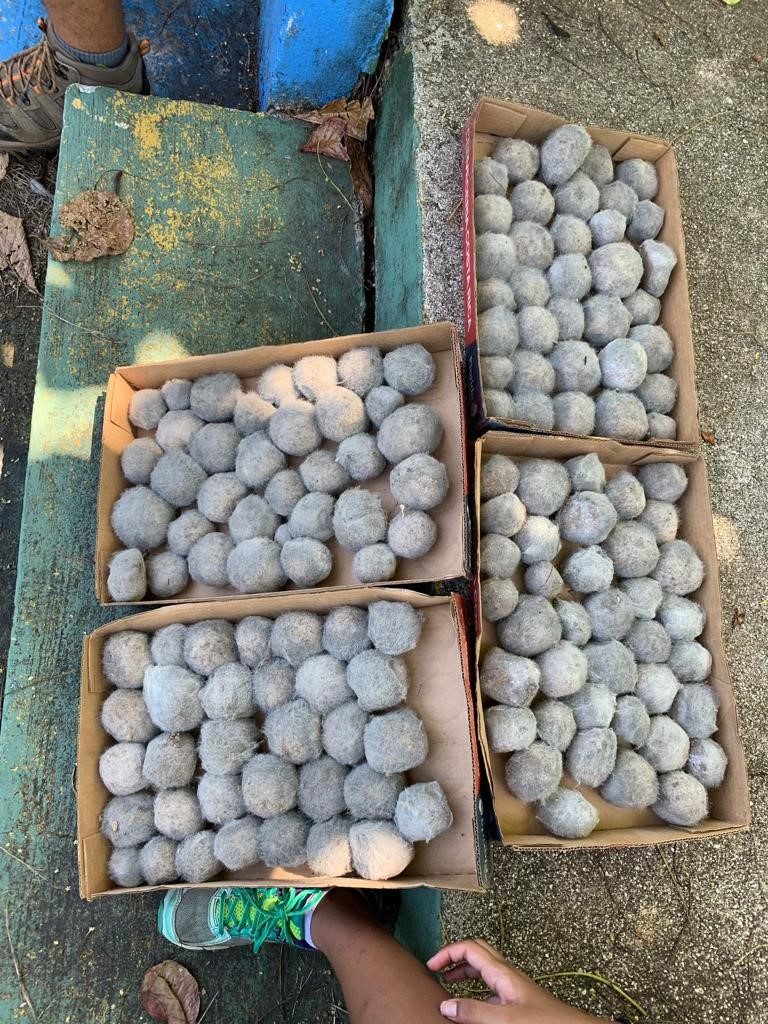
2. Building with Ecobricks
You know that flexible plastic that chip bags and candy wrappers are made of? Well, bad news: it can never be recycled. However, many Ticos reuse this plastic by making ecoladrillos (ecobricks). Some very innovative architects and environmentalists discovered ecobricks. By stuffing the flexible wrappers and snack bags densely into used plastic bottles, they can create building blocks for structures that can be used for centuries.

3. Caring for the Sea Turtles
Taking care of the sea turtles is two fold. First, it means taking care of the beaches and oceans in which turtles live. Additionally, it means protecting turtle nests from poachers and hungry animals. Animal rescue centers are trying to offset all the damage poachers have caused by digging up turtle eggs to sell them by the thousands. How do they reverse the damage? They also dig up turtle eggs by the thousands, but not for profit. Conservationists and turtle rescue centers relocate the eggs to protected hatcheries like the one pictured below.

4. Saving Plastic
Almost all water in Costa Rica is potable. That means less plastic water bottle waste. If you’re traveling to Costa Rica soon, bring a couple water bottles to refill throughout your trip! This also means all papayas, pineapples, mangos and melons that are rinsed in tap water are also safe (and delicious!).
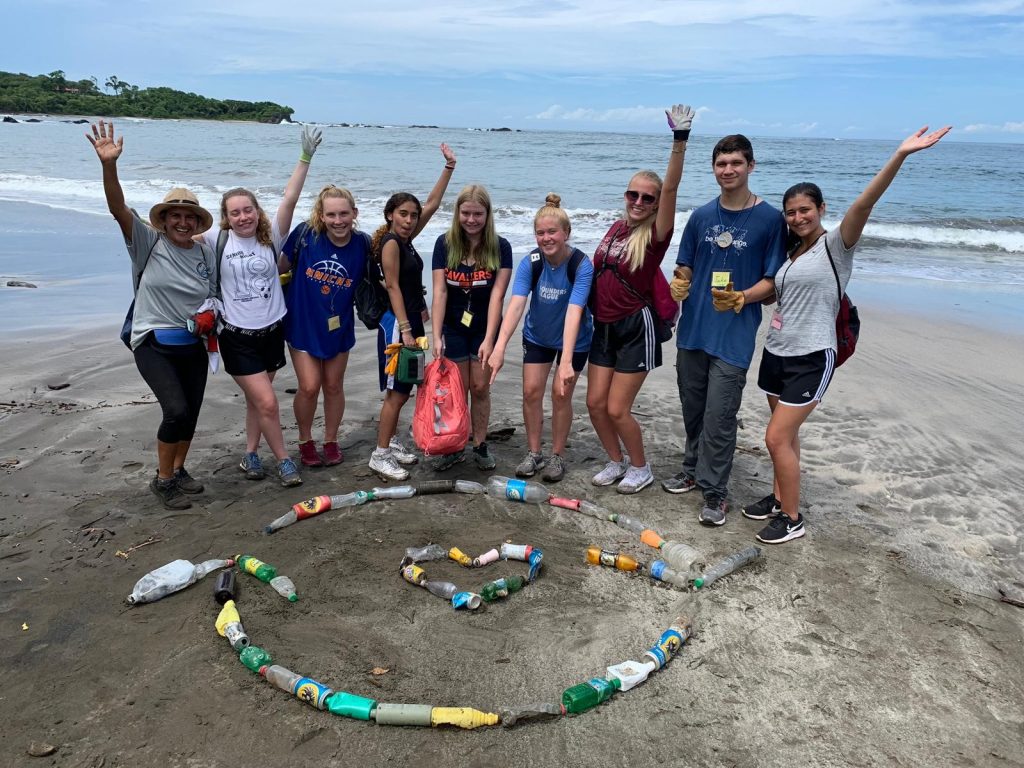
5. Protecting the Mangroves
Mangroves are the only trees in the world that can tolerate saltwater. This means that thousands of acres of tidal forests and marshy swamps fringe Costa Rica’s Pacific border. These coastal lands where tropical forests and their reptilian residents thrive also happen to be prime locations for hotel conglomerates and housing developers. Wealthy builders can cause irreversible damage with heavy machinery and extensive environmental changes. Thankfully, the National Wetlands Policy has been in place since 2017, when President Solis and government officials launched a plan to keep Costa Rica natural, especially the wetlands. This document includes a list of water sources and the action plan to keep those wetlands protected, especially the real estate coveted by hotel chains that disregard the mangroves.
